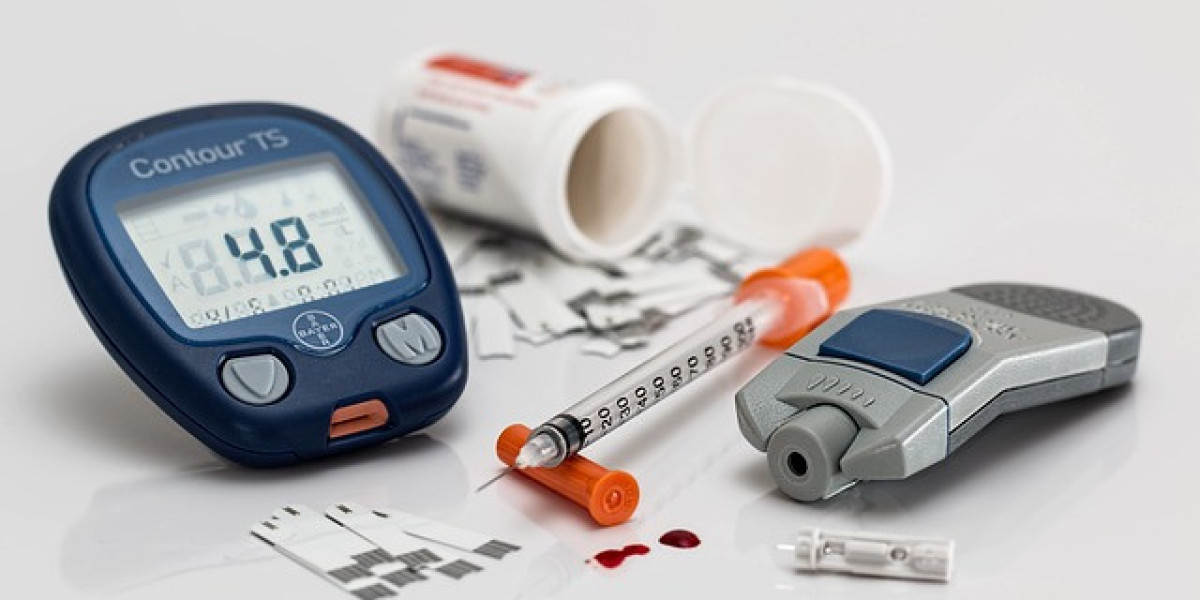The insulin pump market is set for significant growth by 2025, as technological innovations, increasing diabetes prevalence, and improved healthcare access continue to drive demand for better diabetes management solutions. Insulin pumps, which deliver a continuous supply of insulin to people with diabetes, are gaining popularity due to their convenience, accuracy, and ability to improve patients' quality of life. As we look ahead, it’s clear that the market for insulin pumps will be shaped by a few key trends and factors that will determine its trajectory in the coming years.
1. Technological Advancements and Integration with Continuous Glucose Monitoring (CGM)
One of the most impactful trends in the Insulin pump market is the integration of insulin pumps with continuous glucose monitoring (CGM) systems. This integration is leading to the development of closed-loop systems, also known as artificial pancreas systems. These advanced pumps combine insulin delivery with real-time glucose monitoring, automatically adjusting insulin levels based on fluctuations in blood sugar. These systems not only offer more precise glucose control but also reduce the burden on patients by minimizing the need for manual insulin dosing.
By 2025, we expect these technologies to become more refined, with smaller, more user-friendly devices that provide even greater convenience and improved glucose control. As a result, the insulin pump market will continue to see a shift toward more automated solutions that minimize manual intervention, enhancing patient experience and compliance.
2. Growing Prevalence of Diabetes
Another key factor driving the growth of the insulin pump market is the rising global prevalence of diabetes. The number of people living with diabetes is increasing at an alarming rate, with the World Health Organization predicting that nearly 700 million people will have diabetes by 2045. As both type 1 and type 2 diabetes rates rise, the demand for effective insulin delivery systems like pumps is growing.
Insulin pumps are particularly beneficial for individuals with type 1 diabetes, who require constant insulin administration. However, the use of insulin pumps is also expanding in type 2 diabetes management, especially for patients who have difficulty managing their blood glucose with oral medications or injections. This broader adoption, especially among type 2 diabetics, will be a major driver of market growth in the years leading up to 2025.
3. Focus on Patient-Centered Care and Customization
The shift toward personalized healthcare is another critical trend in the insulin pump market. Diabetes management is not one-size-fits-all, and insulin pumps provide a flexible, customizable approach to insulin delivery. Patients can tailor their insulin doses to their individual needs, factoring in variables like exercise, food intake, and stress. This level of customization is increasingly important as more people seek personalized treatments that fit their lifestyles.
In addition, insulin pumps are becoming more intuitive and user-friendly, with features such as touchscreen controls, easy-to-read displays, and mobile app connectivity. This trend towards patient-centric design will likely drive further adoption, as individuals seek devices that offer greater convenience and ease of use in managing their condition.
4. Affordability and Access to Healthcare
Historically, the cost of insulin pumps has been a significant barrier to adoption. However, prices are expected to decrease by 2025 due to advances in manufacturing, increased competition, and economies of scale. Additionally, insurance coverage for insulin pumps is expanding, making them more accessible to a broader patient base. Government programs and healthcare reforms in various regions are also helping to subsidize the cost, ensuring that more individuals with diabetes can benefit from this life-improving technology.
As affordability improves and more patients gain access to insulin pumps, the market is expected to expand significantly, especially in regions with high diabetes prevalence, such as North America and Europe. Moreover, emerging markets in Asia-Pacific and Latin America are likely to see increased adoption of insulin pumps as healthcare systems evolve and access to advanced treatments improves.
5. Regulatory and Reimbursement Changes
As the insulin pump market continues to grow, regulatory bodies such as the FDA and EMA are focusing on ensuring that these devices meet stringent safety and efficacy standards. New regulatory frameworks will likely impact the development and approval timelines of next-generation insulin pumps, as well as the overall market dynamics.
In parallel, changes in reimbursement policies will also play a significant role in shaping the insulin pump market by 2025. As insurance coverage becomes more widespread and reimbursement options for insulin pumps improve, more patients will be able to access and afford these devices, further fueling market expansion.

